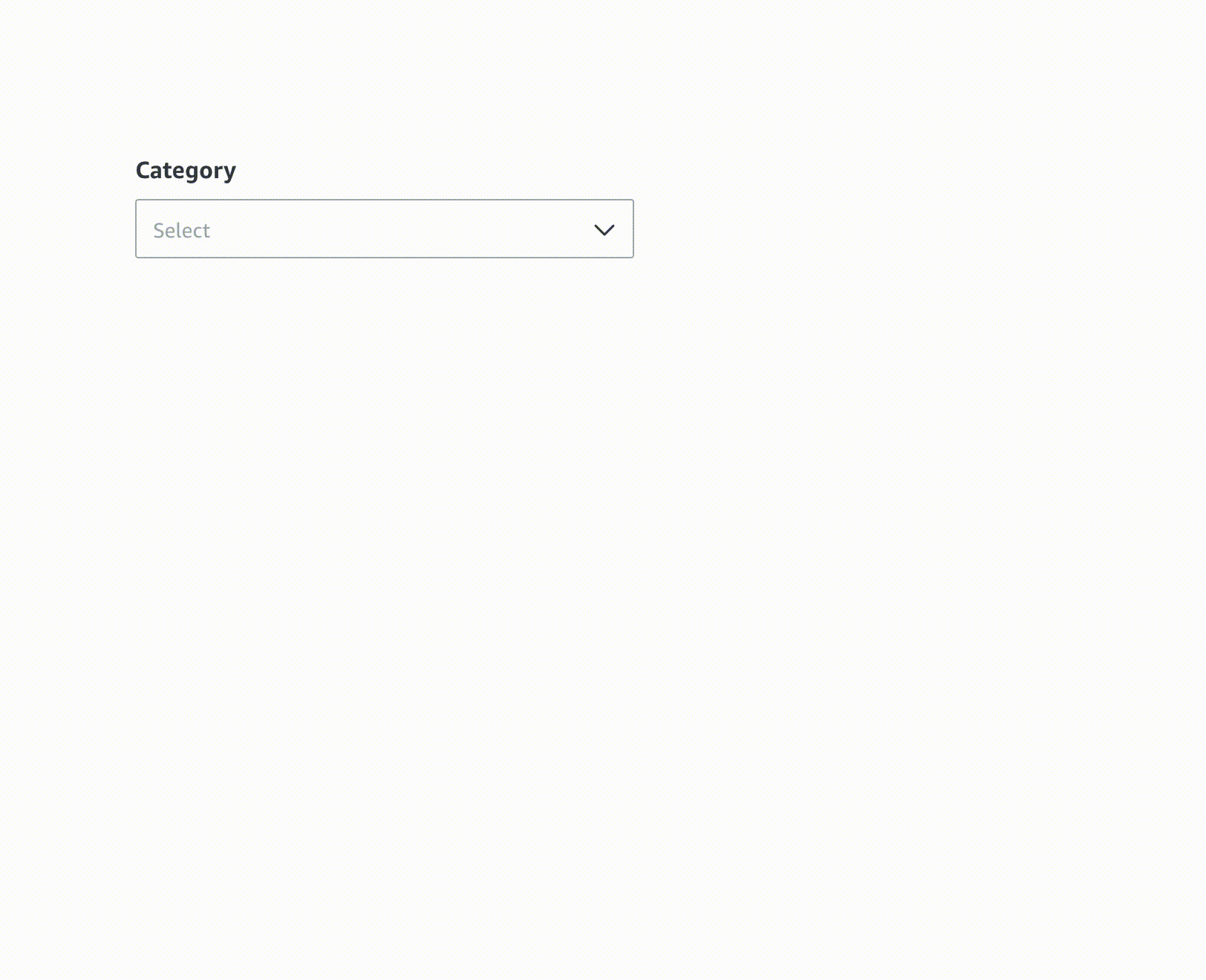Dig & Document: before you start designing
The growing importance of requirement gathering and documenting.
A few years ago, when I was a designer just out of my egg-shell, I was pumped about everything. I was an eager beaver, that just couldn’t get enough design done in her day. I would wait to put my pen on paper, my marker to the whiteboard, and start wire-framing. I would be extremely pumped to convert the ideas in my head into actual designs, that would end up becoming web or mobile screens.

It was very soon in my design career that my mentor gave me some feedback that I consciously implement to this day.
She sat me down and told me to slow down.
She explained to me, using my own designs, how jumping the gun and not spending enough time to do the groundwork simply created a greater overhead down the line.
I’d end up creating premature designs that would eventually need a lot of work when the finer requirements would come through, or when a new aspect of the user journey would uncover itself.
After receiving this feedback, I took a step back to understand what I was doing wrong.
In all my enthusiasm, I would rush through requirement gathering and documenting, which would result in creating wireframes that often would need a ton of modifications. Because on doing a more thorough requirement analysis, there would be a lot more intricacies that would be uncovered; intricacies that definitely had an impact on design.
I understood that by not understanding the requirements in detail, the ‘define’ portion of my design process was being glossed over. More importantly, how big an impact it created on the rest of the process.
The very first step in the process needs to be to understand the requirements.
When working with a client or even stakeholders, it is very important for everyone to be on the same page, before the hands-on work begins.
There are several techniques to gather requirements from the business as well as the users, but it is equally important to document these well.
Every requirement that is gathered usually goes through a refinement and prioritisation process. It is essential for us designers to collaborate with the stakeholders to understand the business goals and the ‘definition of success’ metrics when we have all the requirements in hand.
Once there is clarity on the prioritisation of the requirement, it is a good idea to jot them all down in a document; a document that needs to be functional, not fancy. I call this the ‘Dig and Document’ phase.

This document once validated by the team, becomes the project’s bible.
It should be referred to from time to time to see if every requirement on the document is being covered as a part of the design and development cycle.
This document should be a living entity. If there are new requirements, or if the existing ones need to be tweaked or updated, the requirement document should be updated appropriately.
How will this help you in your process?
By taking it slow in the beginning, we will be able to look at the bigger picture from the very start. Setting up a concrete base ensures lesser re-work later.
In my most recent experience, I was to simply implement a small new feature in an existing journey.
Though the actual wire-framing took less than a day, I spent almost a day digging deep into that SINGLE requirement, detailing out every little detail so that I was confident before I’d start designing. And it paid off almost immediately. The design created needed one iteration, before it got approved by the stakeholder, after which it quickly moved to the development phase.
So, remember to ‘dig and document’ the next time you start off your design process.
If you’re interested to understand how to document your requirements efficiently, you can check out this wonderful article.







